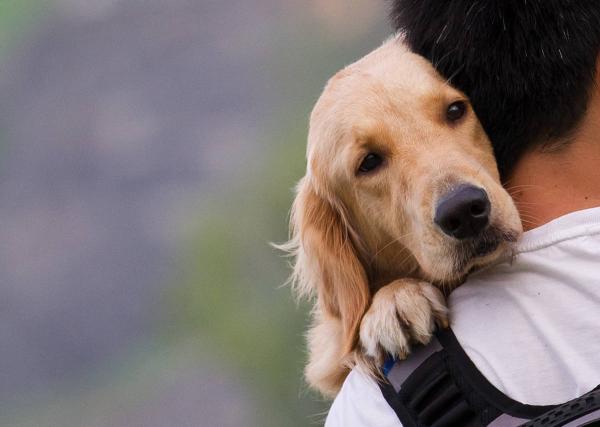
There are very few people who like to deal with death. Often, a child's first experience with death comes when the family pet dies. As parents, our job is to teach our children how to deal with death in a proactive way, whether that first death experience comes from the death of a pet or the death of a loved one. As you guide your family through the death of a beloved pet, here are some tips to make the journey to healing a little easier on everyone.
Be honest
Sudden death can be traumatic to children, so warn children appropriately before a planned pet death. Sometimes death comes quickly, as the result of an unfortunate accident, but when you have forewarning make sure you clue in the kids.
Giving kids time to say goodbye and begin the grieving process alleviates the initial shock of a pet death. If your children show interest, let them help plan for the pet's final resting place and make arrangements. However, unless you have an unusual circumstance, don't let your children witness putting down a pet. It could lead to nightmares or flashbacks.
Institute rituals to aid grieving
Kids respond very well to symbolic rituals. Holding a pet funeral might seem superfluous to you, especially if the pet was a fish or gerbil, but your kids need an outlet to signal the beginning of grieving. Let each kid say a few words if they want to, but don't push the issue if they feel too distraught to take part.
Your kids may also benefit from remembering the deceased pet artistically. Sometimes kids have a hard time expressing themselves with words, but when kids paint, draw, or create they can release pent-up emotion and anger. Giving kids a healthy outlet to vent emotion can prevent emotional outbursts.
Allow remembrance and offer distraction
This probably isn't the ideal time for a family vacation or super-stimulating fun, but young children need you to help them direct their attention to other activities. Get outside and get some fresh air, or go out for dinner as a family. Encourage kids to not dwell on their sadness all the time, but still give time for them to remember their pet. Be available if they want to talk, and never diminish their feelings. A 3-year-old will naturally be distraught over the loss of a fish, and you need to show sensitivity to her feelings. Even older kids and teens need healthy role models of how to handle grief appropriately, so share your own emotions and let your kids see your grieving process.
Turn it into a teaching moment
Whatever your belief system, the death of a pet is a unique opportunity to teach your kids about the beautiful circle of life. If you believe in God, this is an ideal time to have a sit-down family lesson on the afterlife. If you believe more in the natural earth process, talk about the cycle of life and the beauty of returning to Mother Nature. If you are agnostic or atheist, you can discuss cherishing a life well-lived.
Handled correctly, death is an opportunity for growth for the entire family. Allow yourself and your children to express sadness during this difficult time. Don't rush out to replace the lost pet immediately. Teaching children to work through the grieving process step-by-step is an incredibly important life lesson, and they need you as a model and a guide during this trying time.

